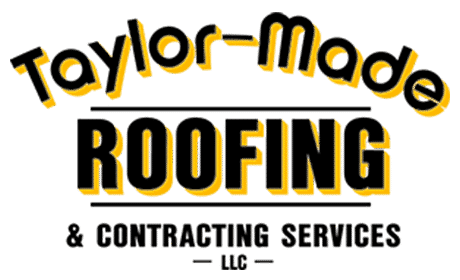A well-maintained gutter system is essential to preserving the structural integrity of your property. By collecting and conveying rainwater away from your home or commercial building, gutters protect your property from water damage that could lead to mold, mildew, rotting, leaking, pest infestations, destroyed landscaping, and more. But if you don’t maintain your gutters and keep them free of debris, the rainwater won’t be able to travel through them. To prevent debris from obstructing your gutters and limit your need for cleanings, you may wish to consider adding gutter guards to your system.
What Are Gutter Guards?
Gutter guards are devices designed to keep debris from infiltrating your gutter system while letting rainwater filter through. They prevent debris and pests from entering your gutters, including leaves, dust, dirt, sediment, insects, seeds, twigs, and animals. While they can’t block 100 percent of debris, they can dramatically reduce the amount that enters your gutters, reducing the maintenance needed to keep the gutters clean.
There are several different types of gutter guards available, and it’s important to explore your options to figure out which one best fits your home’s needs. You will need to factor in your area’s climate, the animals in your neighborhood, and the types of trees near your roof. Our guttering experts can help you make a confident, informed choice.
Types of Gutter Guards
Micro Mesh
Micro mesh gutter guards are perforated flat plates that fit over the top of your gutters. The thousands of tiny holes (barely visible to the naked eye) are fine enough to keep out most debris, though they may let in small particulates. It’s important to regularly brush off any debris that rests on top of the gutter guards, preventing water from filtering through. Micro mesh gutter guards work well for roofs near evergreen trees because the perforations don’t allow needles to penetrate, unlike foam and brush gutter guards.
Foam
Foam gutter guards are flexible lengths of foam that sit inside gutters. They allow water to pass through but easily catch debris like leaves, seeds, and dirt. They’re inexpensive and easy to install (all you need is a pair of scissors to cut the foam to length). Plus, because they fit inside the gutter, they’re inconspicuous – in fact, they’re invisible from ground level. However, they aren’t a good option for homes near evergreen trees or in places where sand, dirt, and dust often blow around, as this debris can clog the foam and be difficult to clean out. In addition, it’s possible for seedlings to grow inside the foam and damage it.
Brush
Brush gutter guards look like long, fat pipe cleaners. Like foam gutter guards, they’re inexpensive, they’re easy to install, and they fit inside the gutters (making them invisible from ground level). They can also easily be removed for cleanings. However, they don’t block small debris, they get clogged easily, and they require frequent cleaning.
Screen
Screen gutter guards are coarse screens (resembling chicken wire or hardware cloth) that fit on top of gutters. While they’re lightweight, inexpensive, and not too tricky to install, they can be bent or dislodged by high winds, falling branches, and destructive storms. Also, because the screens are coarse, they may allow in small leaves, seeds, dirt, pine needles, and other debris.
Reverse-Curve or Surface Tension
Reverse curve (or surface tension) gutter guards cover the top of eavestroughs, which are gutters fixed beneath the edge of a roof, and then curve back toward the house to create a horizontal slot leading to the gutter. Water flows over the top of the guard, around the curve, and into the gutter. Leaves and debris are not able to fall into the gutter; however, sometimes they will be carried in with the water or clog the horizontal slot. In addition, these are the heaviest, bulkiest option, making them very noticeable and difficult to remove and clean. Typically they must be installed by professionals.
Expertly combining different types of vents helps ensure proper ventilation.
Are Gutter Guards Worth It?
First, it’s important to remember that all gutters must be cleaned periodically, whether or not they’re protected by gutter guards. Even the best gutter guards will not prevent all debris from entering the gutters. However, gutter guards can reduce the amount of debris in your gutters and limit cleanings. If you’re struggling to decide whether gutter guards are worth it for your home, contact Taylor-Made Roofing to discuss your particular situation.
Some homes are well suited to gutter guards, including all of the following:
If you struggle to keep your gutters clean, gutter guards may be a convenient and worthwhile investment.
